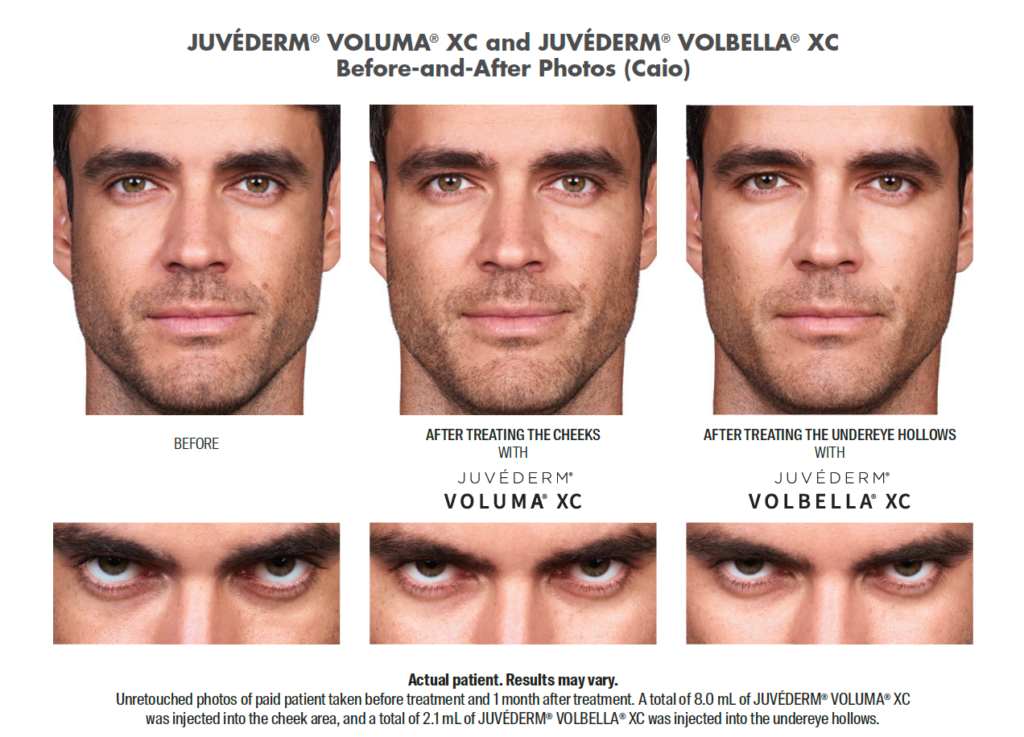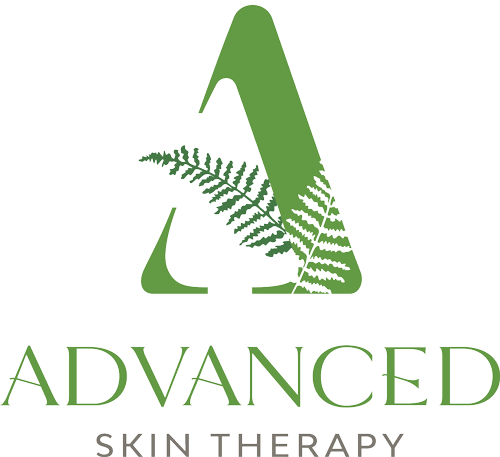The use of Dermal Fillers is considered a medical procedure, and as with any other procedure, there are potential side effects.
The most common side effects of Dermal Fillers include swelling and bruising shortly after the injection, which usually heal within a few days to weeks.
Common side effects of Dermal Fillers:
- Bruising
- Redness
- Swelling
- Pain
- Tenderness
- Itching
- Rash
- Difficulty completing activities (when injections are into the back of the hand)
Less common risks include:
- Inflammation or swelling following illnesses, vaccinations, or dental procedures
- Infection in the injection site
- Open or draining wounds
- Continued soreness at the injection site
- Allergic reactions
- Necrosis (death of the tissues around the injection site)
Note: The FDA recommends testing for allergies to certain materials before receiving dermal fillers to prevent an adverse allergic reaction.



